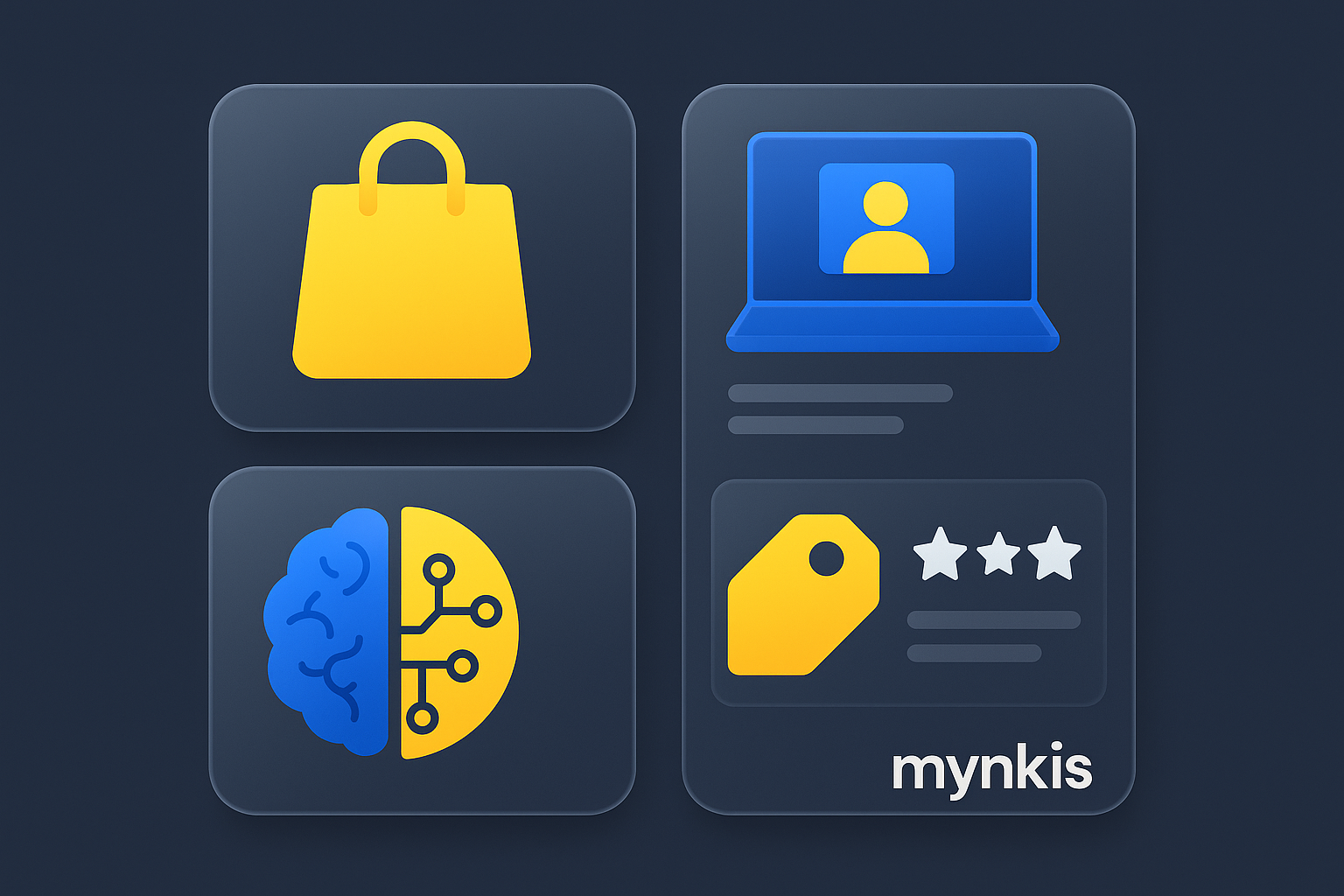Schedule a Demo
In my experience advising retailers across various scales, the desire to enhance the user experience without the heavy reliance on ad spend is more than just a trend; it's essential. As retail businesses navigate an increasingly digital commerce space, integrating artificial intelligence into website design for personalization has emerged not only as a game-changer but an industry necessity.
For retail website owners and c-level executives striving to connect more deeply with their customers, the question isn't whether to personalize but how. Personalization can dramatically increase customer engagement and conversion rates. Based on available research, individuals who experience a tailored shopping journey are more likely to return to your store. I've worked with retailers who reported increases in customer loyalty, showcasing AI's power when thoughtfully integrated into custom software development.
In practical terms, implementing AI-driven personalization enables a website to adapt to the unique preferences and behaviors of each visitor. From suggesting products aligned with past purchases to customizing the browsing experience based on browsing history, this level of granularity creates an experience that feels truly personal.
Integrating AI into your retail website can look as straightforward as real-time recommendation engines, dynamically adjusting product placement and promotions. More advanced AI may even predict what consumers will want based on broader data trends, going beyond individual browsing habits to consider general consumer behavior patterns.
Yet, there's a clear caveat: not all personalization will automatically delight every user. Mistakes can cause privacy concerns or create what researchers at Stanford termed "the personalization paradox." Creating a robust AI that can offer personalization that both respects user boundaries and leverages the vast data potential is crucial.
Machine learning algorithms like Collaborative Filtering or Content-Based Filtering drive many of these personalized encounters. My encounters with retailers focus frequently on refining how these algorithms learn; for instance, how to use data responsibly to inform and evolve these systems to offer ever-improving personalized suggestions. We're finding that balancing relevance with surprise enhances the shopping journey.
Moreover, adopting A/B testing is key for understanding user preferences firsthand—which personalizations truly work for boosting enterprise web solutions. Using technological insights but grounding them with tangible results from user feedback ensures robust development cycles in retail.
Attending forums like the annual AI in Retail Conference has given me insights into how big names like Amazon leverage recommendation engines and other AI-powered tools. Linking what can be learned from giants and applied to smaller retailers helps tailor industry advancements to their specific contexts.
Navigating the journey of personalization introduces its ethical deliberations. Ensuring customer data's protection should never be secondary to business efficiency. According to anonymizationschemas.org, one way retailers are ahead of the curve is by using anonymization techniques to gather essential data while safeguarding privacy.
Seeking balance, AI developers are encouraged to be transparent about data usage and to allow users the opportunity to understand or opt-out from data processing that affects personalization. Authenticity and integrity strengthen customer trust—a foundational aspect successful custom software development in retail hinges upon.
In my collaborations with store managers and brand executives, I experienced firsthand how user feedback can alter the course of AI implementation. One smaller retail operation, adjusting their AI model to exclude less popular products from their recommendations, suddenly saw a spike in value perception among buyers—all based on shoppers vocalizing that importance to them. This direct insight into user behavior propelled meaningful changes.
Looking forward, we're at the brink of even more personalized retail experiences. Anticipation for advancements includes AI systems improved by facial recognition to adjust user experiences and voice recognition to tailor searches. Future increases will seek harmony with minimum user input, aiming for shop interfaces as responsive as personal assistants like Echo's Alexa.
While innovation introduces excitement, contemplating differing client needs allows enterprises we're working with to better apply new tech strategically. Ideas drawn at meetups around how places like SafeGraph would see such approaches implemented encourages us to think proactively about architectural designs and compliance challenges in this rapidly evolving context.
The path towards personalization should be littered with neither overlooked user sentiments nor risky data-handling shortcuts but rather built on pillars of relevance, ethical practice, and technological prowess. As retailers master these areas, the dynamic opportunities presented by integrating custom software development and enterprise web solutions will redefine the traditional shopping experience's ceiling..
